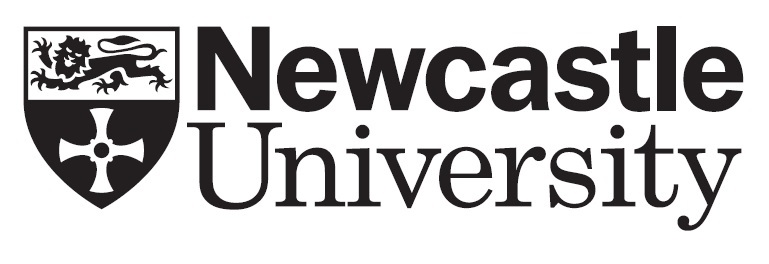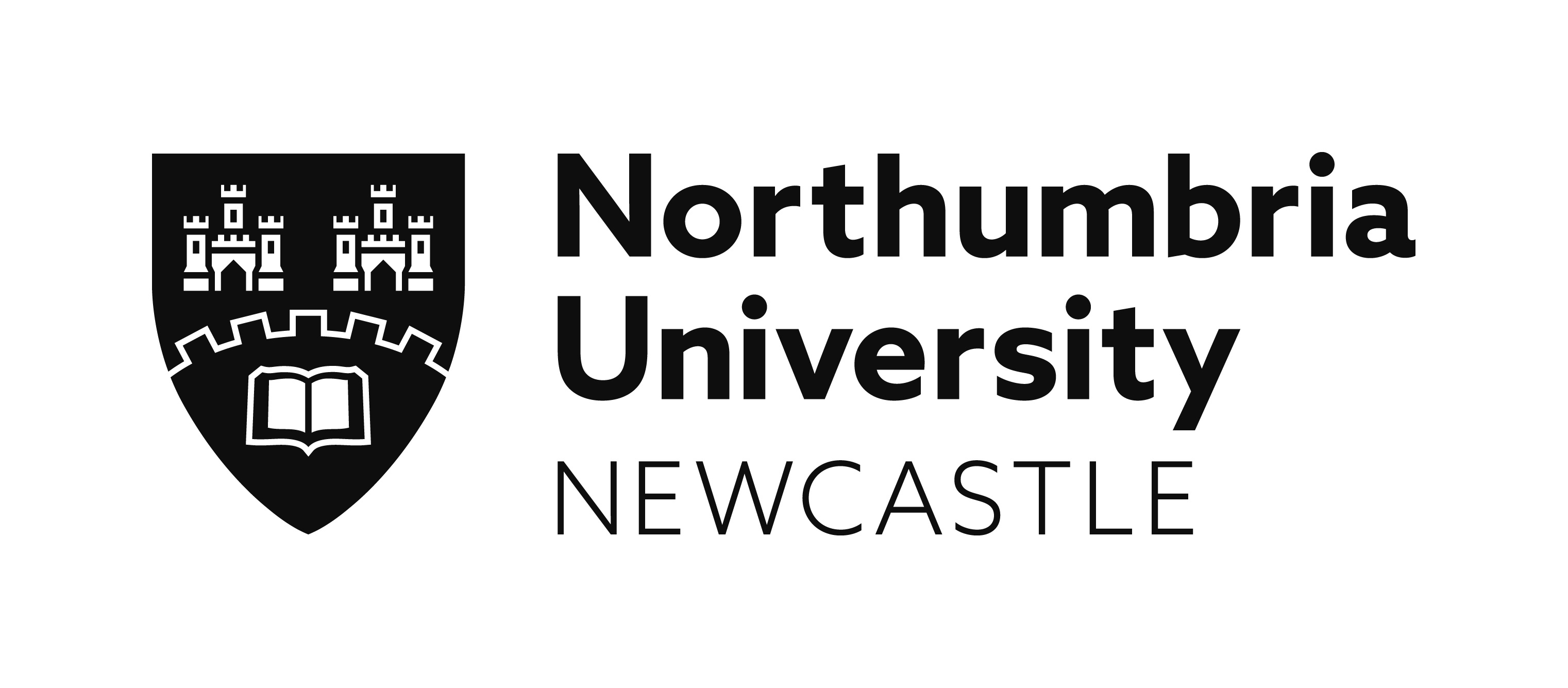Changing Approaches to Histories of British Art, 1660–1735
Lydia Hamlett, University of Cambridge
Claudine van Hensbergen, Northumbria University
The last decade has seen a growing interest in new approaches to British visual culture in the decades around the turn of the 18th century (c.1660–1735), addressing the art-historical imbalance that saw this period overshadowed by attention to the ages of van Dyck (the 17th century) and Hogarth and Reynolds (the 18th century). Much of this work has understood art of these decades in the context of 18th-century developments in Britain, paying less attention to its relationship with visual culture of the 17th century and the wider European context. This session invites participants to consider the extent to which this has skewed our understanding of British visual culture of this period, and to chart new directions in research and exhibition-making, resituating the period of enquiry to include the long 17th century.
Where recent exhibitions have explored the period’s art (for example, ‘Charles I: King and Collector’ at the Royal Academy (RA) and ‘Charles II: Art & Power’ at the Royal Collection), the focus has continued to fall on the court as the seat of the Arts in the period. Participants will interrogate the extent to which this was true, and propose new methodologies for research and exhibition-making. The session hopes to recover some of the multiple and varied histories of art taking shape in Britain in the period, with special attention to the influential contribution of migrant artists, the development of the print market, and to works emerging from intermedial collaborations.
Representational Revolutions: Trompe l’oeil still life paintings, medley prints and collage in the long 17th century
Freya Gowrley (University of Derby)
English House, French Style: Striking a fashion coup with tapestry in the reign of William and Mary
Amy Lim (University of Oxford/Tate)
Partners in Prints: Jacopo Amigoni, Josef Wagner and the development of the British print market
Katherine McHale (Independent Scholar)
The Cartographic Frontispiece as an Imperial Art Form in Restoration Britain
Peter Moore (English Heritage)
Of Britons-cum-‘Others’: The Imperialising force of ‘Britishness’ in colonial American portraits
Susan Rawles (Virginia Museum of Fine Arts, Richmond, VA)
Discussion
Click here to download this session's abstracts or view below
Representational Revolutions: Trompe l’oeil still life paintings, medley prints and collage in the long 17th century
Freya Gowrley (University of Derby)
This paper will examine the interrelationships between trompe l’oeil still life paintings and medley prints in Britain in the long 17th century, arguing that the representational qualities of these works can be profitably understood when considered as, and in relation to, forms of collage. Following Norman Bryson’s tantalising yet unrealised provocation from Looking at the Overlooked (1991, Harvard University Press) that still life, trompe l’oeil and collage should be ‘considered as a single category’ (p7), this paper will therefore seek to situate British art of the 17th century within a longer and broader trajectory of European works which actively sought to engage with, and ultimately undermine, ideas of representation. Arguing that this visual tradition culminated with the Cubist ‘invention’ of collage in 1912, the paper will thereby demonstrate the importance of these early works to an artistic tradition that is often problematically presented in terms of revolutionary Modernist intervention and radical breaks with tradition. At the same time, the paper will seek to firmly place these works within their own historical context, specifically the consumer and print ‘revolutions’ that characterised the late-17th and early-18th centuries. In so doing, it will show how works such as the anonymous painting The Paston Treasure (1670), should be understood in terms of the unprecedented transformation of the material world that occurred during this period, arguing that such images utilised these dynamic representational strategies in order to process this new material wealth.
English House, French Style: Striking a fashion coup with tapestry in the reign of William and Mary
Amy Lim (University of Oxford/Tate)
In the late-17th century, tapestry was one of the most prestigious art forms, more expensive than painting and widely used in decorative interiors, yet today it attracts relatively little scholarly attention or public interest. This paper will consider two sets of tapestries that were commissioned by aristocratic patrons during the reign of William III and Mary II, both to designs linked to the court of Louis XIV and therefore something of a fashion coup. The first, commissioned by the 6th Duke of Somerset for Petworth, was woven by the Vanderbank workshop to a set of bespoke designs painted by Jean-Baptiste Monnoyer, drawing on the Grotesque designs popularised at the French court by Jean Bérain. They introduced a lighter, French courtly style to England that was integrated with other media at Petworth: wood carving, porcelain and flower paintings. The second was a set of History of the Sabines tapestries from the Gobelins weaver Jan Jans, commissioned from Paris by the 1st Duke of Devonshire during a brief hiatus in hostilities with France. This paper restores the tapestries to their central place in the furnishing of Petworth and Chatsworth, and emphasises the importance of France and French artists to the English aristocracy. It indicates that the English court was by no means the only source of influence on aristocratic art patronage, and that despite religious and political divisions, the most highly sought-after artistic fashions in England derived from the court of Louis XIV.
Partners in Prints: Jacopo Amigoni, Josef Wagner and the development of the British print market
Katherine McHale (Independent Scholar)
The Venetian painter Jacopo Amigoni (c.1685–1752) and the German engraver Josef Wagner (1706–86) established their print shop in London in the early 1730s, when available prints were poorly executed and mainly produced abroad. The internationally famous Amigoni created histories for clients including Lord Tankerville and the wealthy speculator Benjamin Styles; and as a Venetian who recognised the power of prints, he wanted to engrave his designs to reach a wider audience. Unable to find a skilled English engraver, he enlisted Wagner, a former colleague, to offer quality prints that appealed both to aristocrats such as the 2nd Duke of Devonshire and to middle classes, including the civil servant and writer Samuel Pepys.
Wagner’s pivotal contributions to Britain’s print market have not been acknowledged. Working with Amigoni and his sister Carlotta, he replicated Amigoni’s allegories as well as the painter’s celebrity portraits that were popular with the general public. Wagner also trained Francis Vivares (1709–80), who later was acclaimed as the finest landscape engraver of the era. After returning to Venice in 1739, the men’s print shop continued to teach a generation of expert printmakers, including Francesco Bartolozzi (1727–1815). He and many of Wagner’s pupils returned to London later in the century and were instrumental in establishing Britain as a leading producer of fine prints.
The Cartographic Frontispiece as an Imperial Art Form in Restoration Britain
Peter Moore (English Heritage)
The Restoration of Charles II in 1660 marked a new phase of cartographic production in Britain, one which can be closely allied with contemporary plans to develop a maritime empire. A growing market for British maps and navigational publications saw a shift away from an earlier reliance on Dutch imports. London became firmly established as a critical hub for cartographic publishing, and Royal warrants were issued to support the trade. In 1671, John Seller was appointed as the King’s Hydrographer, and John Ogilby was granted the title of His Majesty’s Cosmographer and Geographic Printer.
Using Seller and Ogilby as case studies, this paper seeks to highlight an emerging pictorial vocabulary in Restoration Britain, embedded in cartographic production, in which the metropolis and colony were increasingly dramatised as fundamentally interconnected rather than distinct. It will suggest the ways in which maps and atlases, and in particular their frontispieces, provided a fundamental means to construct and disseminate among a curious public an image of power, ownership and authority abroad. Furthermore, it will endeavour to reconnect what has previously been seen as a specialist category of printmaking with a more familiar narrative of British art and graphic culture. I will argue that these kinds of images, which often exist in printed books and are sometimes seen as merely illustrative, might be brought more centrally into art-historical discourse, in order to develop our understanding of British visual culture and its dynamic nature in the decades preceding the turn of the 18th century.
Of Britons-cum-‘Others’: The Imperialising force of ‘Britishness’ in colonial American portraits
Susan Rawles (Virginia Museum of Fine Arts, Richmond, VA)
In 1773, members of Boston’s Sons of Liberty attacked East India Company ships and dumped tea into Boston Harbor. In this dramatic precursor to the American Revolution, one detail is often overlooked: a handful of men were dressed as Native Americans. The donning of indigenous costume points to the conflicting interpretations of identity and social place undergirding the rebellion. Colonists understood the Bill of Rights (1689) to preclude their taxation without Parliamentary representation; only ‘others’ (such as Native Americans) could be denied such rights. Parliament’s actions thus reverberated as a rejection of the colonists’ fundamental identity as Britons. Yet how were they so deceived?
In 1729, the British portrait painter John Smibert (1688–1751) arrived in the colonies having trained in the court style under Sir Godfrey Kneller (1646–1723). Settling in Boston, his portraits and shop served as the leading resource for successive generations of colonial artists from Robert Feke (c.1707–c.1752) to John Singleton Copley (1738–1815). At the same time, Smibert indoctrinated well-heeled colonists in a British portrait model sufficiently codified to be read as evidence of a sitter’s social rank. But as the status among colonists was made fluid by the laissez-faire policies of Mercantilism, so it was made deceptive by a pretended correlation with the British mainland. One consequence – as the rebellion would reveal – was a distorted understanding of the visual means by which colonists might calibrate their place in the Empire. This paper considers the ways in which colonial portraits reinforced the strategies of imperialism.
|
|
|
|
|
|
Supported by
Conference Sponsors
![]()
Sponsored by
ASSOCIATION FOR ART HISTORY
![]()
Terms & Conditions
![]()


